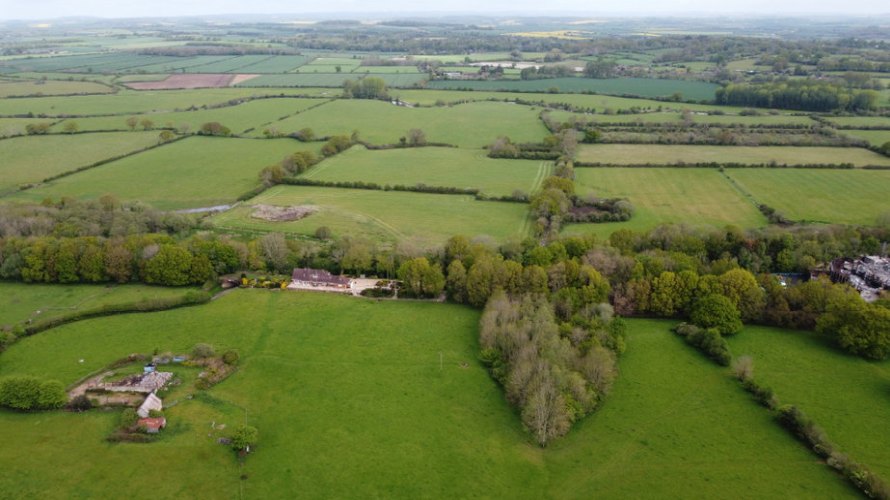
Expanding hedgerow cover across the countryside could create tens of thousands of jobs in hard-hit rural communities, according to new research.
The government has been told to set a target to increase the UK's hedgerow network by 40% by 2050 as recommended by the climate change committee.
The new research, by the countryside charity CPRE, said this move would have environmental and economic benefits, including 25,000 new jobs over 30 years.
For every £1 invested in hedgerows, as much as £3.92 would be generated in the wider economy due to key environmental and economic benefits provided by them.
The charity's new report explained that the move would be a 'win-win-win for climate, nature and the economy'.
Since the second world war, half of the UK's hedgerows have disappeared from the landscape as part of efforts to boost domestic food production.
But Crispin Truman, CPRE’s chief executive, said a bigger hedgerow network would support nature, battle the economic downturn and tackle the climate emergency.
"We’re calling on ministers to set a target to increase the hedgerow network by 40% by 2050 with improved protection for existing hedgerows," he added.
"This would be seen as a bold step by government in the lead up to hosting the international climate summit.
"Local authorities can support community groups to plant more hedgerows while farmers can help by letting hedgerows grow taller and bushier."
It comes as the UK is set to host COP26 - the international climate summit - in Glasgow in less than two months times.
Many of the government’s nature-based solutions to the climate crisis to date have focused on trees, but experts say that hedgerows are also crucial in soaking up carbon.
They capture carbon and store it in their woody plants above ground and their roots in the soil below, which can be increased by allowing hedgerows to become wider and taller.
Hedgerows also teem with life, with one in nine of the country's most vulnerable species significantly associated with them.
Responding to the new report, Lord Deben, chair of the Climate Change Committee, said: "Reintroduction and proper maintenance of hedgerows transform all-too sterile prairie land into the countryside, which we have long loved.
"But, as this report shows, this is not about romance – the hard facts are that hedges contribute to profit as well as to wellbeing."
What can farmers do to help?
CPRE's new report 'Hedge fund: investing in hedgerows for climate, nature and the economy' calls on farmers and land managers to:
• Maximise hedgerows' environmental benefits by allowing them to grow taller and wider and ensuring flowering plants are allowed to grow around them at the field margin
• Maximise their biodiversity benefits by ensuring that no more than half of a hedgerow is ever coppiced for wood fuel and no more than 5% is coppiced in any year
